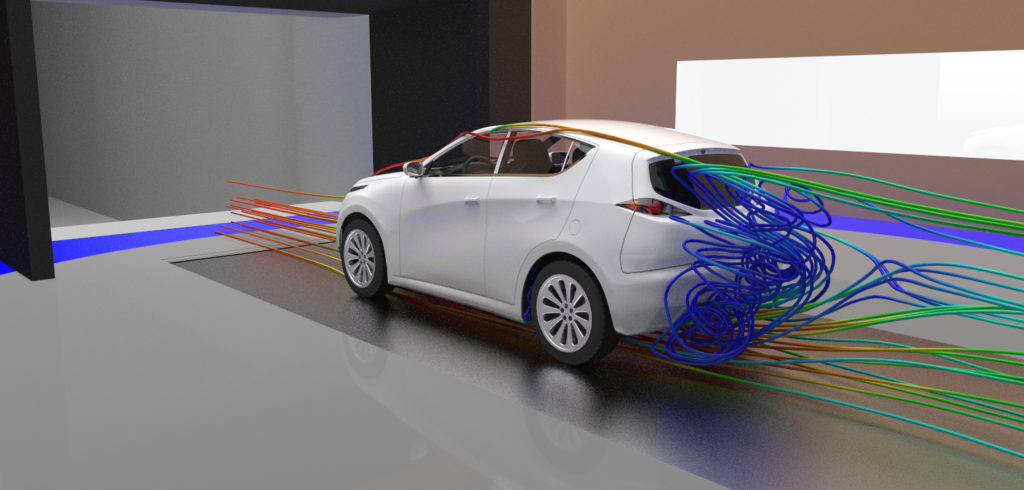Ales Alajbegovic, VP of ground transportation applications at Exa, shares the company’s vision of a future where physical prototypes – which he believes to be costly and time consuming to both make and alter – are no longer required.
The automotive world is bustling with would-be electric vehicle manufacturers, and rightly so. Most notably, British inventor and vacuum cleaner aficionado James Dyson has a plan to build three new EVs in the coming years. In order to achieve this, Dyson, just like any potential EV manufacturer, has many things to consider.
One of them will be whether to build and test physical prototypes. Our simple advice would be don’t. Expensive and lacking insight, physical prototype testing gives you the ‘what’ but not the ‘why’, and often too late to make significant product changes.
Focusing on cost implications first, physical prototypes are extremely expensive to build – approximately US$250,000 to US$1m per vehicle. With 50-70 prototypes built per development program, car makers cumulatively spend US$10bn per year on prototypes. For a new manufacturer this money could be better spent elsewhere – such as building much-needed brand awareness (maybe less so with Dyson!).
Even if your pockets are deep, physical prototype testing could still result in financially painful late-stage design changes. When a late-stage problem occurs, every resource is thrown at the problem to avoid a disaster to get the vehicle launched.
Typically, car makers have no choice but to resort to quick fixes. Depending on the source of the problem this could be an aerodynamic nightmare for EVs – adding weight, increasing drag, reducing range and increasing cabin noise.
EV aerodynamics account for 60% of total energy losses. This is because powertrain efficiency is much higher than internal combustion engine vehicles, where on average only 18% of total energy losses are accounted for by aerodynamics.

Thus it is crucial for EV manufacturers to ensure their vehicles are designed carefully, reducing battery cost and avoiding costly late-stage fixes which compromise drag coefficient and range.
What’s important is to discover any potential problems early – and this can be a real challenge for certain teams. Physical testing in thermal and acoustics normally takes place from year three of the product development cycle, as it cannot be carried out on clay models and requires fully-working prototypes. Through physical testing, engineers can detect issues, but are not provided any insight into the source of the problem, or the solution.
For EV development, identifying thermal issues early is crucial – batteries must be sufficiently and consistently cooled to prevent range losses, excess warranty failures or in extreme cases, catastrophic failure. Physically testing batteries is a challenge as the batteries must be charged and thermally conditioned before each test – which is a time-consuming process.
In addition to this, major physical tests cannot happen until the car is a working prototype, at which point minor problems are potentially ignored and the solutions to the bigger problems are rushed, adding weight and cost to the car.
This is certainly the case for aeroacoustics, too. If a vehicle doesn’t meet acoustic expectations, car makers will include heavy wheel arch and carpet insulation, laminated glass, additional door trim insulation and a thicker headlining to fix the problem. All of which can add up to more than 30kg – not ideal for an electric vehicle that’s already carrying the extra weight of its batteries.
In summary, physical prototype testing is costly, often comes too late in the development process and gives little or no feedback on how to solve the problems identified. But there is another way, and it involves bringing design and engineering into the virtual world – empowering auto makers to digitally develop beautiful, efficient cars that customers want to drive.
Manufacturers like Jaguar and Tesla have enjoyed success with ‘zero prototype’ development programs, and we’d guess that a visionary like Dyson will be implementing a similar approach.


